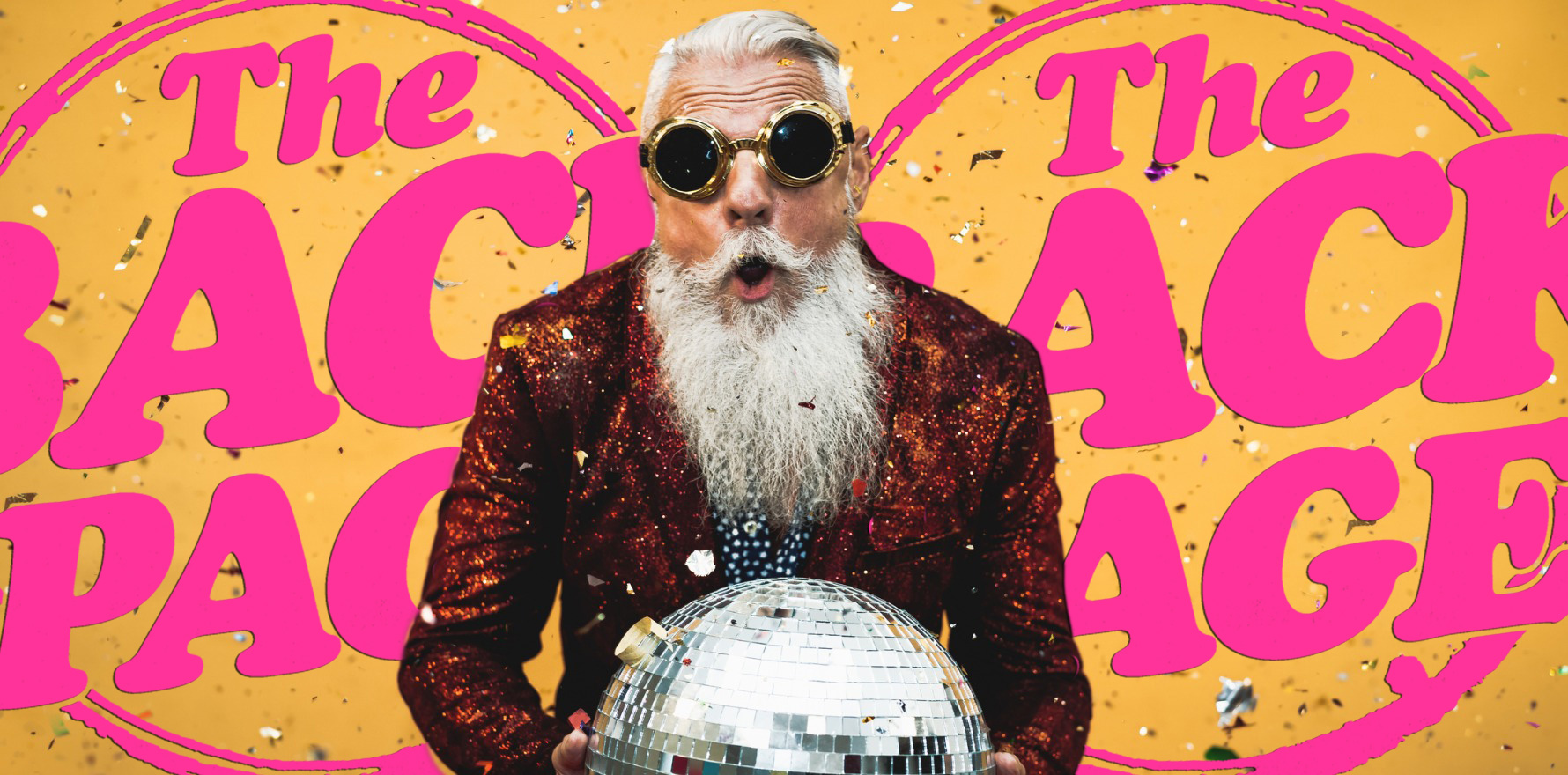People living with dementia can sometimes bust the dance moves of their youth, so what’s behind this ‘muscle memory’?
A UK research team has discovered the human brain prepares to execute skilled movements – such as playing the piano, competing in athletics or dancing – by “zipping and unzipping” information about the timing and order of movements.
The team, comprising researchers from the universities of Birmingham and Bangor, published its findings last week in the Journal of Neuroscience. They believe the discovery may help to improve motor rehab for stroke victims.
Rather than taking multiple sets of signals and neurological information and packaging them up, Marie Kondo-style, into something neatly labelled “muscle memory”, the brain actually stores this information across several different motor areas of the brain.
Once the brain receives the cue to burst out of the starting blocks, launch into the concerto or hit the dancefloor, the brain gathers the bits of information from its four corners, zips them up, and what we colloquially call muscle memory kicks in.
Even if learning the moves is spread over several days, the brain is still able to organise its own sock drawer at a moment’s notice.
The team figured this out through conducting nearly 1000 trials in which right-handed participants – excluding professional musicians – learned and memorised four keyboard sequences, which they prepared and subsequently produced after a visual cue.
After training, the participants produced the keyboard sequences in an MRI scanner which measured activity patterns across the brain while they completed the job. The cue to get keyboarding didn’t appear in some trials, which allowed the researchers to separate preparation from the movement itself.
“What is surprising is that the brain separates these skills into their constituent features rather than encoding them as an integrated muscle memory, even after extensive training,” said principal investigator Dr Katja Kornysheva of the University of Birmingham’s human brain health centre.
“Information is retrieved from memory unzipped when we prepare it for execution, before being zipped together to start the task. Perhaps this unzipping mechanism helps us to stay flexible for adjustments, even in the final hundreds of milliseconds before we start the movement, such as if we need to change the speed or timing of an upcoming action.”
If you get unzipped while dancing penny@medicalrepublic.com.au doesn’t want to know.


